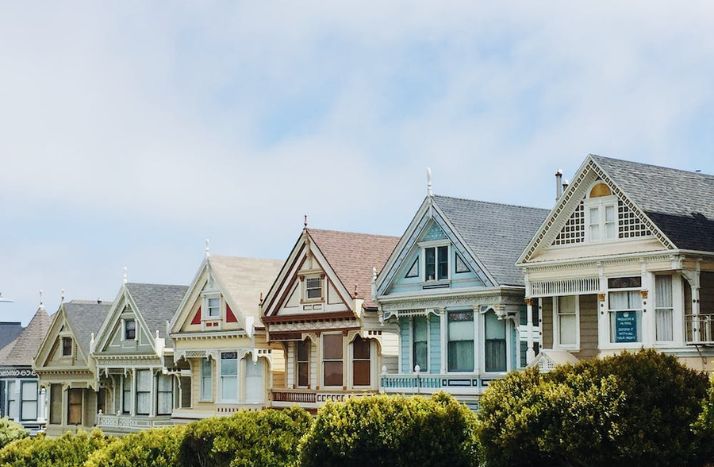Barcelona’s Old Town may not be Europe’s oldest but it is empirically one of its most popular, and it’s easy to see why. Dating back to 133 B.C. the political and geographical centre of the Catalan capital is a maze of historical wonders, arranged like a living museum overflowing with artifacts and atmosphere.
The Cuitat Vella is actually made up of four different quarters, each with its own strong personality, from the mysterious Barri Gòtic, vibrant up-and-coming Raval and bohemian Sant Pere, Santa Caterina i La Ribera to the rapidly-transforming Barceloneta, the barrio uniquely set outside the city walls, where the local fishing industry has been superseded by a penchant for city beaches and bars.
Wherever you are in the Cuitat Vella you will find narrow streets offering endless opportunities for exploration and discovery. Roman walls are preserved and incorporated into the fascinating urban landscape, on show beside (and often under) bustling markets and the latest chic restaurants and bars.
The broad Rambla is famous for its human statues, stalls and wandering tourists, but it also marks the border between the westerly Raval and the central Barri Gòtic. Nor is it the only rambla (really just a word meaning esplanade) as the Raval also has its own, also buzzing with tourists but with a more local feel.
The large piazza outside the Cathedral provides relief from the pathfinding pressures of the zig zag streets and alleys, a breather before you plunge back in and try to retain a sense of direction. Keep exploring and you will inevitably find one of the myriad hidden plaças, perfect for a break, a snack and another look at the map.
Across from the museum, negotiate the traffic on Via Laietana and the colourful mosaic roof of the Santa Caterina market proudly announces the 3-in-1 neighbourhood of Sant Pere, Santa Caterina i La Ribera (the port-side neighbourhood of la Ribera is also known as El Born).
This is where you’ll find The Picasso Museum and the beautiful church of Santa Maria del Mar, originally built by the sea but engulfed by the city as it grew. The El Born Centre de Cultura i Memòria lays bare the city’s history with the spectacular real life diorama of Roman settlement Bàrcino. These impressive ruins were uncovered under the local market during renovations and the huge building is now a spectacular memorial to days gone by as well as a progressive blend of literally ancient and stylish modern living.
Sant Pere, Santa Caterina i La Ribera also provide a rare opportunity to enjoy grass, trees and even a boating lake in the Parc de la Ciutadella, which welcomes weary tourists and locals testing out their juggling, acrobatic and musical skills. This is also the site of the city’s zoo, and the roar of lions can be heard as you climb or simply marvel at the epic Cascada monument and fountains.
After a rest, head back to the Raval side and dive into the iconic Boqueria, with its dual personality of tourist hot spot and working market, where tapas can be enjoyed up at a tiny bar and famous chefs can be seen testing the produce. The monolithic MACBA, the museum of modern art, is also in the Raval and provides a contrasting modern space in which skateboarders try out their tricks and people-watching is a must.
As you leave the Raval and head towards the sea, the change in air signifies the approach of a much more coastal neighbourhood as the grand Museu Marítim announces the arrival of Barceloneta. Visible across the harbour beyond the statue of Columbus the remnants of a fishing heritage can – if you look very closely – be picked out between the superyachts and cruise ships.
Barceloneta is where the city beaches welcome those looking to take a break from the cultural side of town and enjoy a sun-baked beachside lunch or simply relax on the sand and watch the waves gently roll in. The streets in this triangle of land are so narrow that you can imagine the families of fishermen reaching across and touching hands. The area’s claustrophobic but characterful architectural sensibility has always been at the heart or its identity, although the inevitable gentrification of the area is ushering in the modern world.
In fact, one of Barcelona’s shining modern monuments sits on the end of the point of Barceloneta like a giant glass sail. The W Hotel has brought regeneration to the neighbourhood and beachfront, and can be seen from all over town. For an even better view you can take the Teleférico de Barcelona high across the harbour to Montjuïc mountain. Built in 1929 this is a great way to see the Cuitat Vella and far beyond.
“The Ciutat Vella is a magical maze of fascinating buildings jostling for position but offering incredible character. This is an area of hidden gems offering peace and quiet inside but the vibrant heart of Barcelona on the doorstep. From grand apartments and rooftop pools to traditional pisos and pieds-à-terre, the unique architecture and ambiance ensure that this fascinating old town has fresh appeal for buyers from all over the world.”
Francisco Nathurmal, CEO BCN Advisors
According to property portal Idealista, resale property prices in Barcelona Old Town ended the third quarter of 2018 on €4,482 per square metre, down €311 on the price at the end of the third quarter of 2017, showing an annual decrease of 6%, but €94 above the average price across the city as a whole.


 The new capital gains tax in Spain
The new capital gains tax in Spain
 Top International Companies in Barcelona
Top International Companies in Barcelona
 Best real estate agency in Barcelona: How to choose it?
Best real estate agency in Barcelona: How to choose it?
